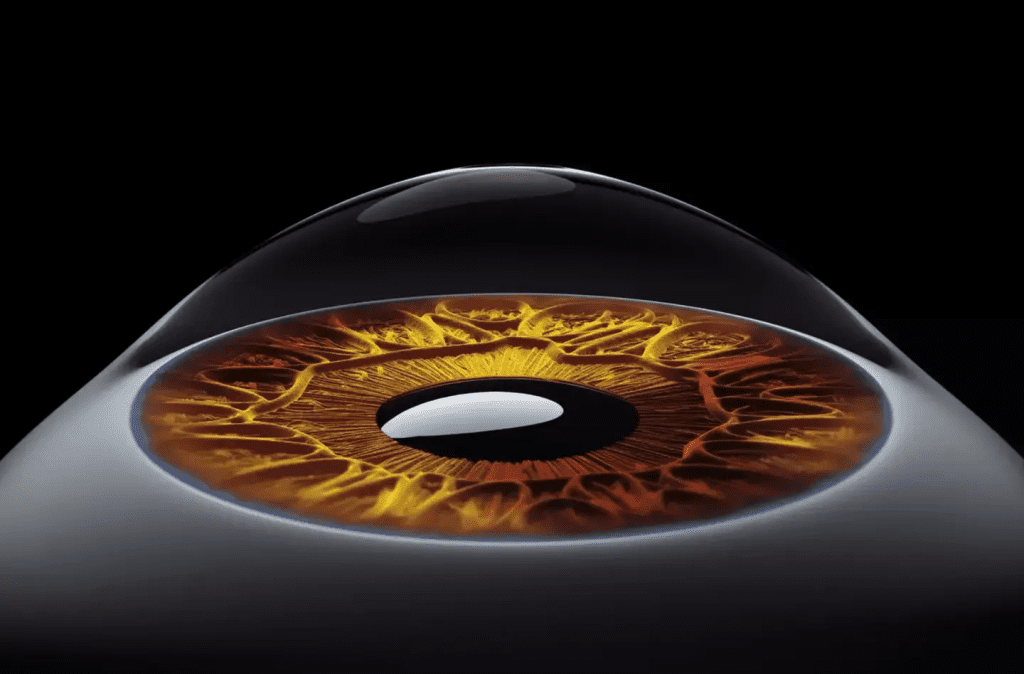Introduction
Have you ever seen unusual beams of light from everyday sources, making them seem almost magical? If so, you might be part of a unique group with a condition called astigmatism. This common eye condition doesn’t just affect your vision; it can make ordinary light appear extraordinary.
What is Astigmatism?
Understanding Astigmatism
Astigmatism is an eye condition causing blurry or distorted vision. It results from an irregularly shaped cornea or lens. Normally, the cornea and lens are round, allowing light to focus evenly on the retina. However, with astigmatism, the cornea or lens is shaped more like an oval or football. This uneven shape bends light incorrectly, leading to blurry vision and distinctive light beams.

Why Do Light Beams Appear?
Visual Effects of Astigmatism
For those with astigmatism, lights like streetlamps, car headlights, or computer screens can stretch into radiant beams, especially in low light or at night. This visual effect can be both mesmerizing and disorienting. One Reddit user shared their experience: “I used to think this was normal, like seeing red and green stars from streetlights on a rainy night. Then I discovered I have astigmatism.”
Symptoms and Diagnosis
Recognizing Astigmatism
Common symptoms of astigmatism include blurry vision, squinting for clarity, frequent headaches, eye strain, and difficulty seeing at night. Mild cases might not be noticeable, which is why regular eye exams are crucial. Early detection, especially in children, is essential for managing the condition.

How to Diagnose Astigmatism
A comprehensive eye exam by an optometrist or ophthalmologist is necessary for a definitive diagnosis. The exam includes tests such as reading from an eye chart, using a phoropter for vision assessment, measuring corneal curvature with a keratometer, and evaluating refractive error with an autorefractor.

Treatment Options
Managing Astigmatism
Astigmatism is manageable with several treatment options. Depending on severity and preference, your eye doctor might recommend eyeglasses, special contact lenses, or even surgical options like LASIK. If your astigmatism is mild and doesn’t affect your quality of life, treatment might not be necessary.

Conclusion
Astigmatism offers a unique way of seeing the world. Those captivating light beams—from streetlamps on rainy nights to the glow of your phone screen—are a result of how your eyes shape light. While managing symptoms is important, appreciating the unique beauty astigmatism brings can enhance your visual experience. Embrace this distinctive view and remember, seeing the world differently can be a gift that adds a touch of magic to everyday life.






